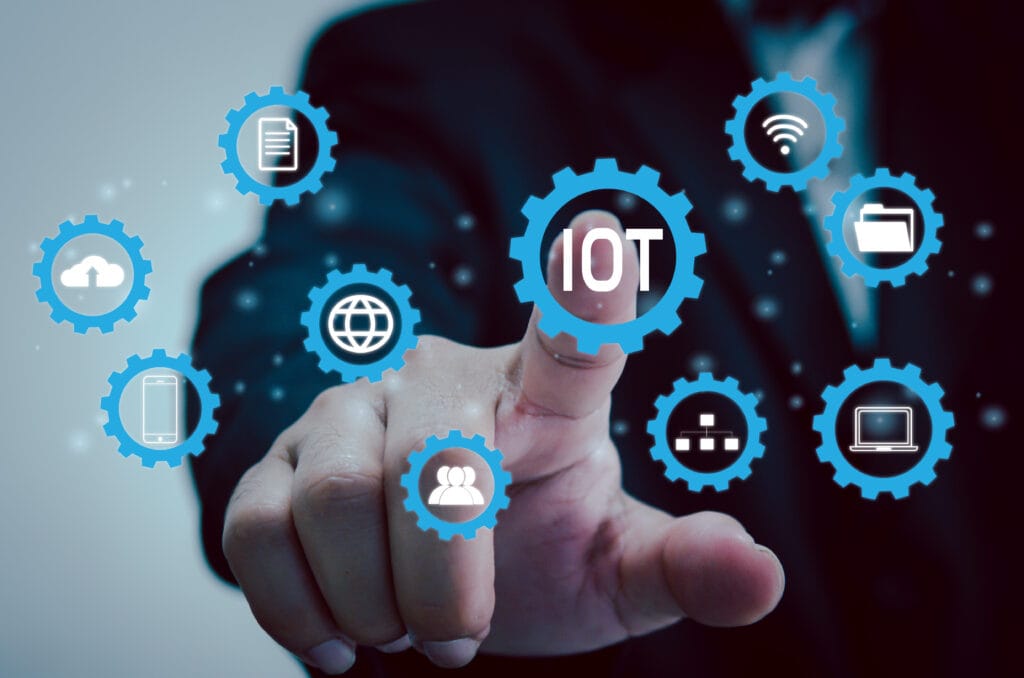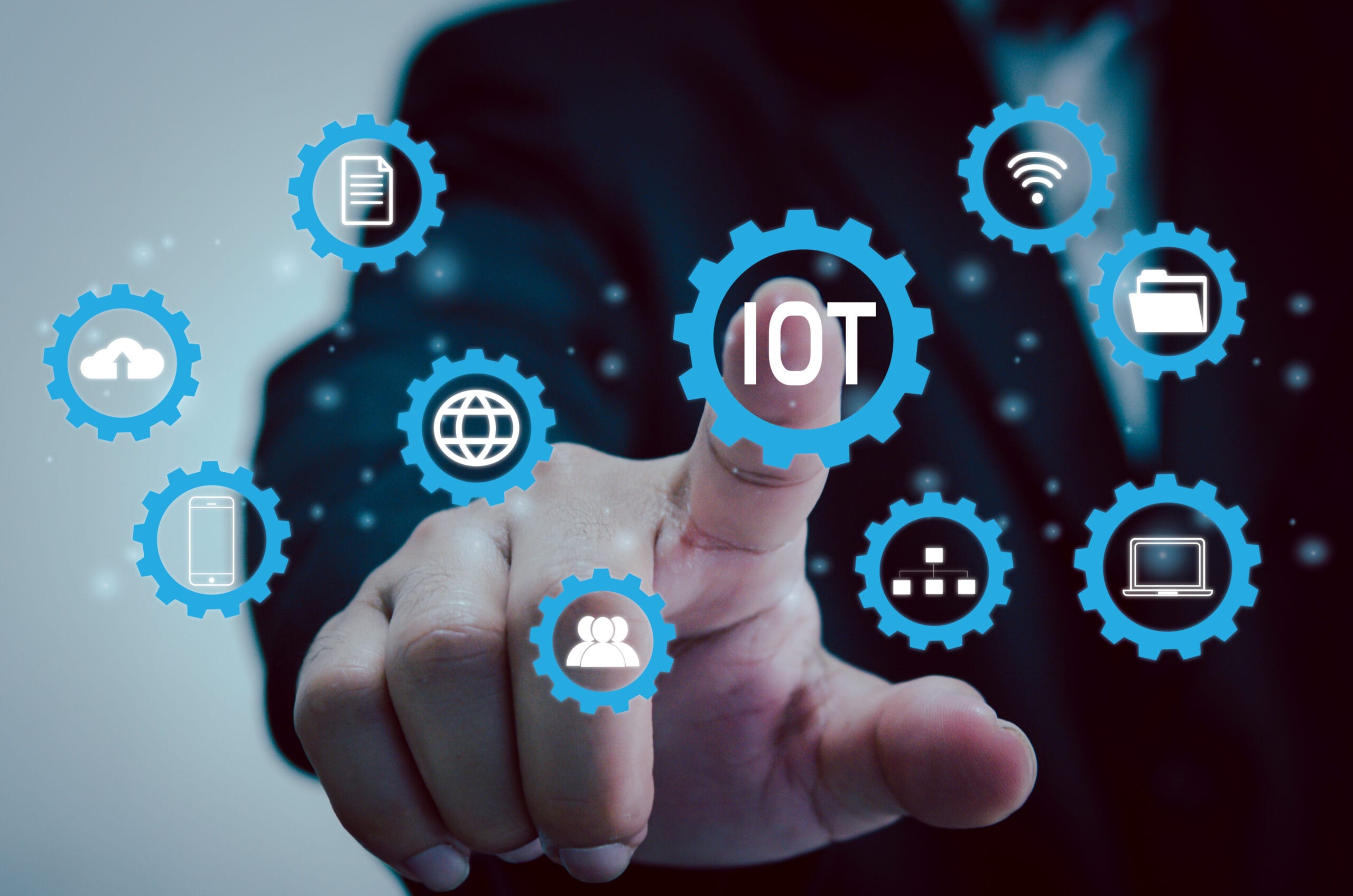Introduction to the Internet of Things in Business
A network of interconnected devices is known as the Internet of Things (IoT). These devices communicate with each other over the internet. They collect and exchange data in real-time. This technology has transformed the landscape of business operations. Today, businesses leverage IoT to streamline processes, enhance customer experiences, and drive growth. As a result, IoT is not just a trend; it’s a fundamental shift in how companies operate.
How the Internet of Things is Revolutionizing Business Operations
The Internet of Things is revolutionizing business operations in several ways. Firstly, it improves efficiency. Devices can monitor processes automatically. For instance, smart sensors in manufacturing can detect malfunctions before they lead to significant downtime.
Secondly, IoT enhances inventory management. Retailers use IoT to track stock levels in real time. This guarantees that their popular products will never run out. Finally, IoT fosters better decision-making. By analyzing data collected from connected devices, businesses can make informed choices quickly.
Benefits of Implementing IoT Solutions in Business
Implementing IoT solutions brings numerous benefits. One major advantage is cost savings. By optimizing processes, businesses can reduce operational expenses. For example, smart buildings use IoT to manage energy consumption. This leads to lower utility bills.

Another benefit is improved productivity. Automation of routine tasks frees employees to focus on more strategic activities. Moreover, IoT enhances data visibility. Businesses gain insights into their operations. This data-driven approach supports better planning and forecasting.
Real-World Examples of IoT in Action
Many companies successfully leverage the Internet of Things. For instance, General Electric (GE) uses IoT in its industrial equipment. Their sensors provide real-time data on machine performance. This allows for predictive maintenance, reducing downtime significantly.
Another example is Amazon. They utilize IoT for inventory management in their warehouses. Smart robots navigate the shelves, optimizing the picking process. These examples demonstrate how IoT is not just theoretical; it delivers tangible results.
Challenges Businesses Face When Adopting Internet of Things Technology
Despite its advantages, adopting IoT technology comes with challenges. One significant hurdle is data security. With many devices connected, vulnerabilities increase. To safeguard sensitive data, businesses need to make significant investments in security measures. Another challenge is interoperability. Different devices may use various protocols. It can be difficult to make sure they function well together. Finally, the initial cost of IoT implementation can be high. Businesses need to evaluate their budget and potential ROI carefully.
Future Trends in the IoT for Businesses
The Internet of Things appears to have a bright future. More integration is to be expected as technology develops. For instance, the rise of 5G networks will enhance IoT connectivity. This will enable faster data transfer and improved device performance.
Additionally, artificial intelligence (AI) will play a crucial role. AI can analyze IoT data more effectively. It will enable predictive analytics and automation, further enhancing business operations. Lastly, sustainability will become a focal point. IoT can help businesses reduce waste and optimize resource use.
Best Practices for Integrating Internet of Things into Your Business
To successfully integrate IoT into your business, follow these best practices. First, start with a clear strategy. Define your objectives and how IoT will help achieve them. Next, choose the right devices and platforms. Ensure they align with your business needs.
Additionally, prioritize data security from the beginning. Implement strong security protocols to protect your data. Finally, invest in employee training. Ensuring your team understands IoT technology is crucial for successful adoption.
The Role of Data Analytics in the Internet of Things
Data analytics is vital in the Internet of Things. As devices collect data, businesses need tools to analyze it effectively. Analytics help identify trends and patterns. For example, retail businesses can analyze customer purchasing behavior.
This information can inform marketing strategies. Moreover, data analytics can enhance operational efficiency. Businesses are able to track performance indicators and pinpoint areas in need of development. By leveraging data, businesses can stay competitive in today’s fast-paced environment.
Internet of Things’ Effect on Customer Experience
The Internet of Things significantly impacts customer experience. First, it enables personalized interactions. Businesses can gather data on customer preferences and behaviors. This allows them to tailor products and services accordingly.
For instance, smart home devices can learn user habits, providing personalized recommendations. Additionally, IoT enhances customer service. Chatbots and virtual assistants powered by IoT can respond to inquiries quickly and accurately. This leads to higher customer satisfaction and loyalty.
Conclusion: Embracing the Internet of Things for Business Success
In conclusion, the Internet of Things is transforming how businesses operate. From improving efficiency to enhancing customer experiences, IoT has far-reaching benefits. However, challenges such as data security and interoperability must be addressed.
By adopting best practices and leveraging data analytics, businesses can navigate these challenges effectively. Ultimately, embracing the Internet of Things is essential for companies aiming for success in the modern landscape. As IoT technology continues to evolve, those who adapt will thrive.

